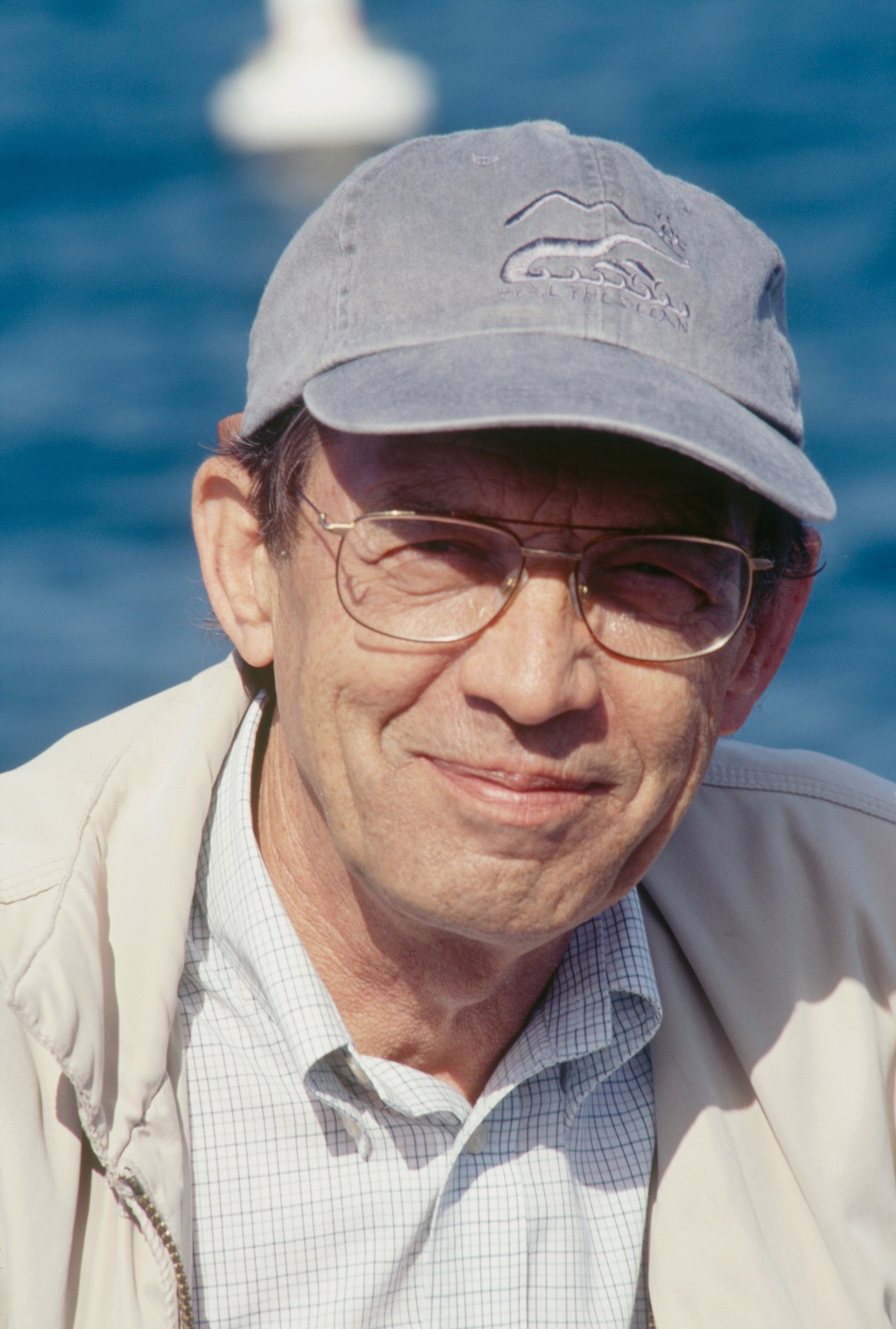John Robinson Passes Away
National Figure in Space and Ocean Programs, and Santa Barbara Resident, Was 72
John Robinson, a national figure in U.S. space and ocean programs, died in Santa Barbara Sunday morning, February 13, 2011, of complications related to brain cancer.
Born in Spokane, Washington on October 26, 1938, John was part of Mission Control during the Apollo 11 moon landing. He continued in that high capacity with the National Aeronautics and Space Administration (NASA) until after the third moon landing (Apollo 14, January 31, 1971).
From there, John moved to the National Oceanic and Atmospheric Administration (NOAA), where he established an intergovernmental program called the Outer Continental Shelf Environmental Assessment Program (OCSEAP) in response to the Arab Oil embargo that rocked the world in 1973 following the Yom Kippur War. At that time, OCSEAP was Alaska’s largest environmental program with funding reaching over $100 million over a decade timespan.

In 1975, John headed the first US governmental response to the international Amoco Cadiz oil spill off France and was subsequently named as the Chief of NOAA’s Hazardous Materials Response Program (HAZMAT).
During his long and successful career with NOAA, John was appointed as the government’s chief scientist for the response to the Exxon Valdez oil spill in Alaska (1989), and the Kuwait oil fires and oil spills in 1991. A year later, in 1992, he organized a 100-day research cruise to the Persian Gulf, aboard the 240-foot NOAA research vessel Mt. Mitchell. Scientists from Europe, the United States, Iran, and every Gulf country but Iraq examined the impact of the world’s largest oil spill on such a sensitive marine environment. Following this historic research cruise, John led a series of environmental peace talks with scientists from Israel, Palestine, and several Middle Eastern countries that focused on simulated oil spill response meetings in Santa Barbara and Monterey.
For his actions in the Persian Gulf War, the U.S. Department of Commerce awarded John its Gold Medal, the highest award given by the agency.
During all this time, John was involved in several other projects. For instance, John headed the team of scientists and marine workers who led Humphrey the Whale out of San Francisco Bay twice, in 1985 and 1990, when Humphrey strayed into the Bay and up into the Sacramento Delta.
One of John’s important legacies to the world is his creation of the Computer Aided Management Engineer Operation (“CAMEO”) program, now in use all over the world on fire trucks. CAMEO allows first responders to compute wind speed and direction together with chemical weight of hazardous material spilled, to immediately calculate the area needing evacuation.
The critical importance of the CAMEO program became horrifically apparent during the 9/11 disaster, when crucial hazmat information was relayed to a command post offsite, allowing commanding chiefs to process the information and relay instructions to fire personnel working on site in the disaster area.
After John retired from NOAA in 1994, he moved to Santa Barbara, where his wife, Francesca Cava (a NOAA captain), had been manager of the Santa Barbara Channel Islands National Marine Sanctuary as well as manager of the National Geographic’s Sustainable Seas program. In Santa Barbara, John joined the board of the environmental group Heal the Ocean, and in this capacity developed for Santa Barbara County the first septic system map ever made in California. For Abtech, an Arizona-based company, he developed the concept of use of plastics in stormwater filters to remove pollutants and contaminants, and with Heal the Ocean worked to set up an experimental “Adopt-a-Drain” program in Santa Barbara using the Abtech filters. (Abtech just went public on February 10, 2011).
John was working on ARES (Advanced Rail Energy Storage), a program for renewable energy storage, just before he passed away. He was also a classical music lover, and as co-owner of the record label Tavros Records, helped produce recordings that earned high international acclaim.
In addition to his wife Francesca Cava, John leaves four children, sons John Robinson Jr., Steven Robinson, Keith Robinson, and daughter Robin Goodson, and three grandchildren.


